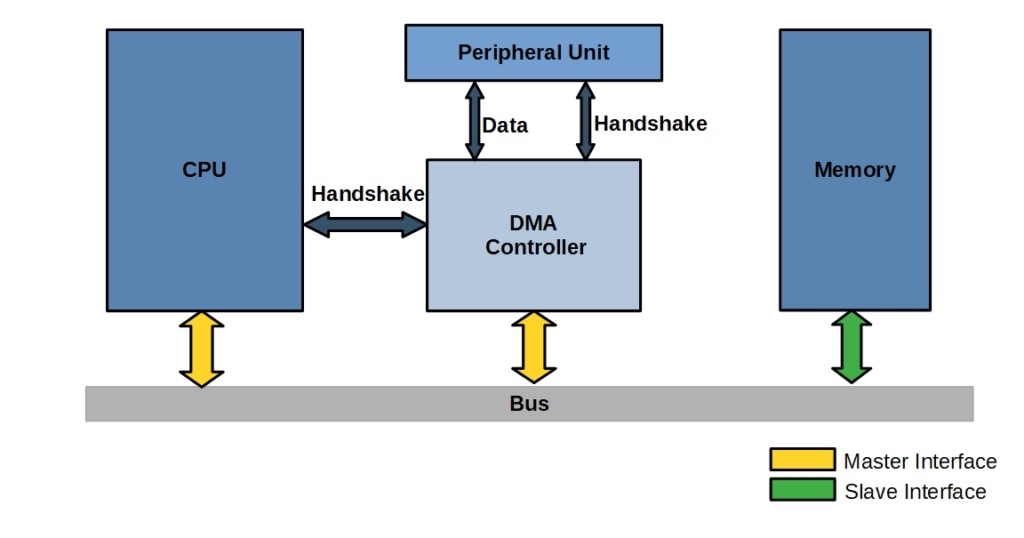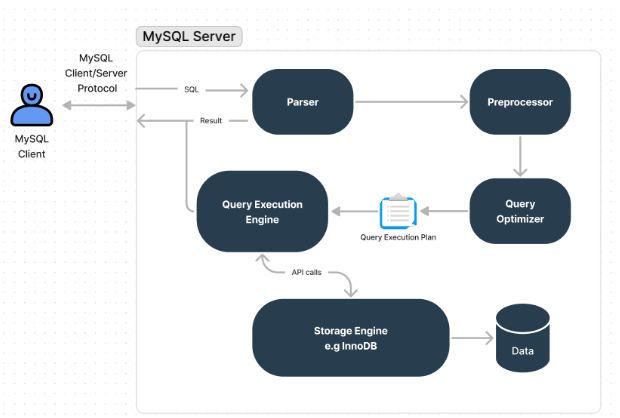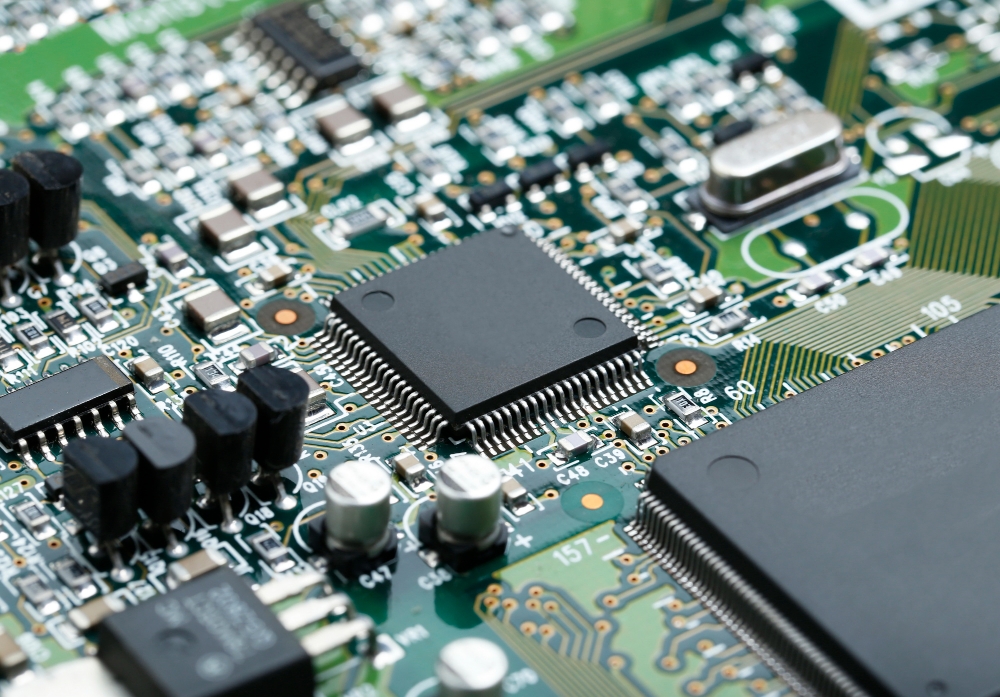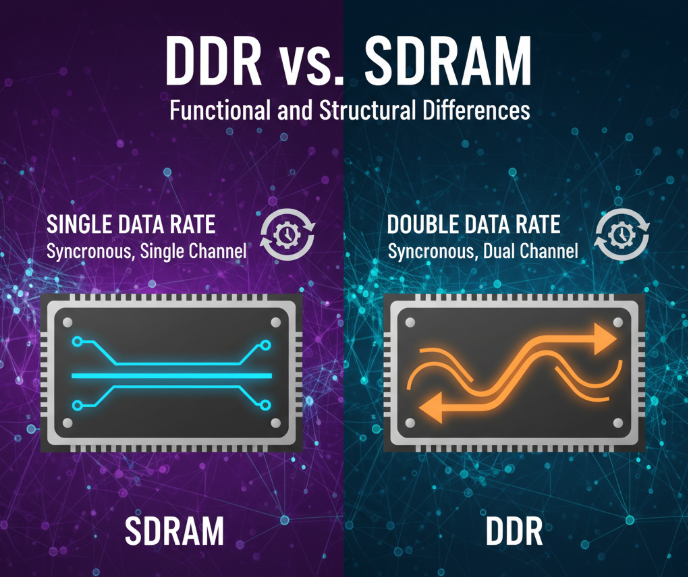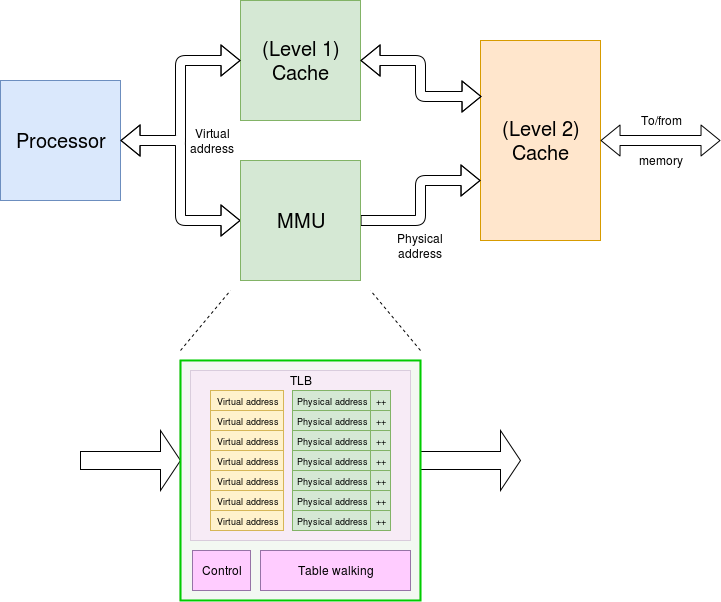Introduction to SRAM
Static Random-Access Memory (SRAM) can retain its stored data without requiring a refresh circuit. It offers high performance but comes with certain drawbacks, such as lower integration density and higher power consumption compared to Dynamic RAM (DRAM). Due to its high speed and cost, SRAM is typically used as a small-capacity cache between high-speed CPUs and slower DRAM. Popular SRAM types include Asynchronous SRAM and Synchronous SRAM.
SRAM chips integrate memory matrices with decoding driver circuits and read/write circuits, enabling efficient data storage and retrieval.
Key Components of SRAM
The following are key concepts related to SRAM design:
1. Read/Write Circuit
This circuit includes read amplifiers and write circuits, which handle data reading and writing operations.
2. Address Line
The address line is a unidirectional input line, and its width is determined by the chip's storage capacity.
3. Chip Select Line
This line determines which chip is selected for operation.
4. Data Line
The data line is bidirectional, and its width corresponds to the number of bits the chip can read or write. It also relates to the chip's capacity.
Understanding SRAM Storage Capacity
SRAM storage capacity is typically expressed as the number of words multiplied by the number of bits per word. For example, a 64Kx8 memory means that each word is 8 bits, and there are 64K words in total. This concept is essential for understanding memory configurations.
**Example:** How many 16Kx1 chips are needed to construct a 64Kx8 memory?
- A 64Kx8 memory consists of 8-bit words, so each word requires 8 chips of 16Kx1 for storage.
- Since 64K / 16K = 4, four such groups are required.
- In total, 4 x 8 = 32 chips are needed.
Characteristics of SRAM
SRAM uses more MOS transistors, which occupy larger silicon areas and result in lower integration density. However, its flip-flop-based working principle allows it to retain data after being read without requiring a refresh circuit. Data is lost when power is removed, making it a volatile memory.
Advantages
- High speed.
- No need for refresh circuits, improving overall system efficiency.
Disadvantages
- Lower integration density.
- Higher power consumption compared to DRAM.
- Larger physical size for equivalent capacity.
- Higher cost, limiting its use to critical systems.
Applications of SRAM
- Cache memory between the CPU and main memory.
- Internal CPU caches, such as L1 and L2 caches.
- External CPU caches, such as COAST modules.
- CMOS SRAM used in CMOS146818 chips for real-time clocks and static RAM.
 ALLPCB
ALLPCB


